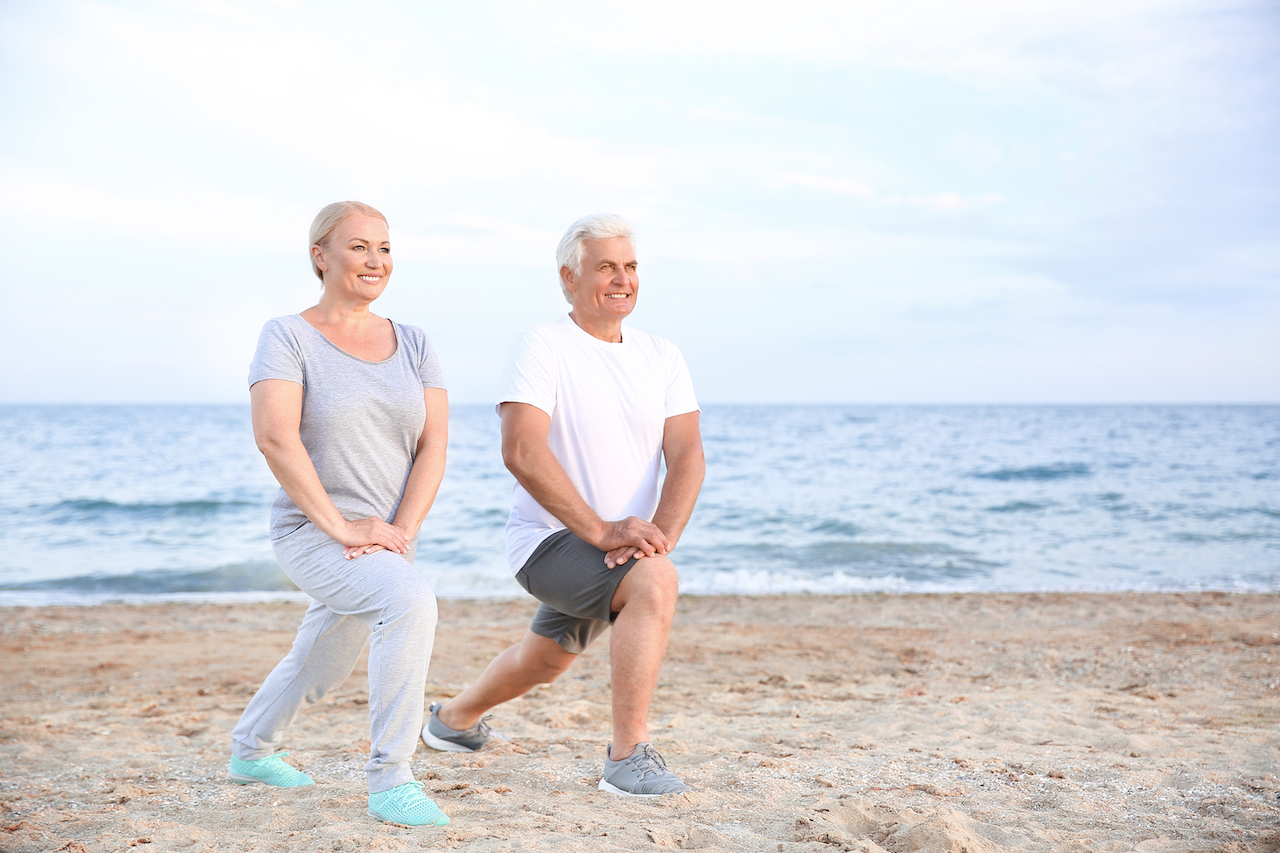
I previously wrote a blog about High Intensity Interval Training, or HIIT workouts. The exercises that I highlighted in that blog are more intense than some individuals may be ready for, so I wanted to come back to this topic and outline some more HIIT exercises that are appropriate for older adults or anyone that may be injured and looking for an effective but low-impact workout.
As a review of my previous blog, HIIT workouts consist of periods of higher-intensity activity, where it would be difficult to carry on a conversation, followed by short periods of low-intensity activity or rest. Consistent HIIT workouts have been found to reverse the natural muscular decline of aging in older adults. It can also lead to improvements in memory and cardiovascular health.
For older adults or those with health conditions that may affect exercise, it is advisable to start with a 2:1 interval ratio. This means that for each interval of high-intensity activity that you perform, you should spend double the time at rest or in the low-intensity activity.
Here are some ways you can incorporate intervals into a less-intense workout routine:
- Walking: Even a daily walk can become a HIIT workout. Switch between walking at a comfortable/slow pace for 5 minutes and then power walking or jogging for 2-3 minutes. This can also be done on a treadmill by increasing the speed or increasing the incline.
- Cycling: Riding a bike outdoors or riding a stationary bike can provide you the same opportunity for interval training. Pedal as fast as you can for 1 minute, and then rest and pedal at a slow pace for 2 minutes.
- Swimming: Swimming laps can even be a HIIT workout. Try making every other lap a “sprint” lap, where you swim at a fast pace, followed by 1 or 2 leisurely recovery laps.
- Bodyweight exercises: Bodyweight exercises can be perfectly manageable for older adults or those with injuries. Listen to your body and choose exercises that are challenging but do not cause you pain or increase your risk of falling or injury. For example, a low-impact circuit might include:
- High knee marches
- Calf raises (holding on to a wall or chair for stability)
- Chair squats
- Butt Kicks
- Modified jumping jacks (stepping out and in with one leg at a time, rather than jumping)
Aim to perform HIIT workouts 2-3 times a week. Make sure to give your body at least one day of rest or less intense activity in between HIIT workouts. As always, listen to your body and push yourself to perform at an intensity that feels challenging for you, regardless of your fitness level.
Disclaimer: all individuals, regardless of age, should seek medical clearance from a doctor before beginning a new exercise routine.
Don’t miss another great blog: Subscribe Now

I’m excited to try this exercise routine, but I have one question – what are Butt Kicks? Thanks –
Hi Daphne, here is a video that demonstrates “butt kicks.” https://www.youtube.com/watch?v=lVZi-AwxLPo
You can substitute exercise moves. Glad you found the blog helpful!
Thank you for showing me good, low-impact exercises. I have diabetes and I am hoping to help me with my diabetes.
We are so glad you found these tips helpful!